Ornithology
Categories

The class of birds, or Aves, contains nearly 10,000 species, recognized by their feathers, wings, and beaks. Most can fly, though further diversification has led to flightless birds.
The Projects
Browse the participating projects
Where do all the caracaras that winter in central Arizona go during summer?
The initial phase of our project involves investigating the large groups of caracaras that winter in central...
Black Swift Movement Ecology
The Black Swift, a species of continental concern in the U.S and Canada, has declined by 94% over the past...
Do street lights affect flight behavior of nocturnally migrating birds?
The flight behavior of birds migrating at night can be altered when exposed to lights shining towards the...
Keep the Suns shining in Guyana: Recovering the Sun Conure (Sun parakeet)
The Sun Conure, Aratinga solstitialis, is vanishing. Wildlife trafficking has nearly eliminated this beautiful...
A Mother’s Work is Never Done: Using Thermal Imaging to Detect Torpor in Nesting Hummingbirds
Hummingbirds use energy at extremely high rates due to their small size and high metabolism. They must conserve...
Prairie falcons – uncertain kinship in an uncertain climate?
Predicting the effects of climate change on species at the top trophic levels is crucial because they can...
Beyond conservation concern: monk parakeets hold clues about human influences on evolutionary processes
Parrots are the most threatened major group of birds, with many wild populations declining in response to...
A New Kakapo Breeding Site?
The iconic kakapo is a flightless, nocturnal parrot endemic to New Zealand. More breeding territories are...
Biodiversity in working landscapes: Help us conserve declining grassland birds in restored Midwestern grasslands
Though grasslands are increasingly scarce in the Midwest, there are pockets remaining on private lands grazed...
How do mixed species social groups help fairy-wrens?
Animals can benefit from sociality through cooperation and information sharing. Simple associations between...
Flight-calling in Wood-Warblers (Parulidae): Does Species-Specific Behavior Drive Evolution of Calls?
Flight calls are poorly understood vocalizations given by migrating warblers (Parulidae) that are thought...
When ranges collide: understanding interactions between two tody species
The family Todidae is endemic to the Greater Antilles. Hispaniola is the only island that hosts multiple...
Hybridization in Andean warblers: how color, song, and genes interact in avian hybrid zones
Our research project aims to characterize a case of hybridization between two species of colorful warblers...
Understanding Avian Diversity: a genomic approach to determine the relationships of Kingfishers and their allies
Understanding biodiversity is fundamental to biology. To do so, we need to know the evolutionary tree of...
More About This Challenge
The sciency details
Challenge Aims
Birds have a huge range of fascinating and varied characteristics. For example, they're known for their complex social communication and mimicry through calls and musical bird song, as well as the extraordinary abilities of some to migrate long distances, and the unique morphology that enables flight. The study of birds also extends far into audiences in the general public, from hobbyist birdwatchers to those who keep bird feeders in their backyards.
We're requesting proposal from researchers studying any aspect of birds, of any species. Some examples are genetic studies of ranges, morphological adaptations, plumage or birdsong variation, shifts in populations due to environmental or climate change, and roles in pollination or pest control.
These are just ideas; any project related to ornithology is encouraged to apply! If you would like to chat more about your project, just send us an email at support@experiment.com. You can begin a page and submit it using the button below.
A few examples of past successful bird projects:
The Secret Life of Parrots: decoding vocal babbling in wild parrot chicks
Crow funerals: What are they thinking about?
Tracking the Endangered White-breasted Thrasher





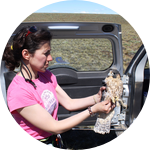
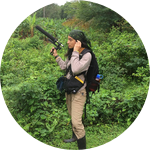


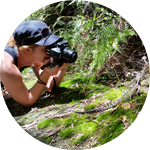

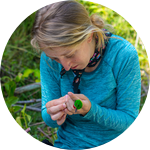
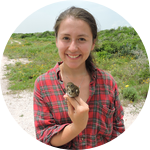
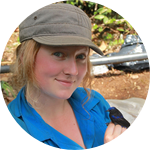
 Challenge Grants
Challenge Grants